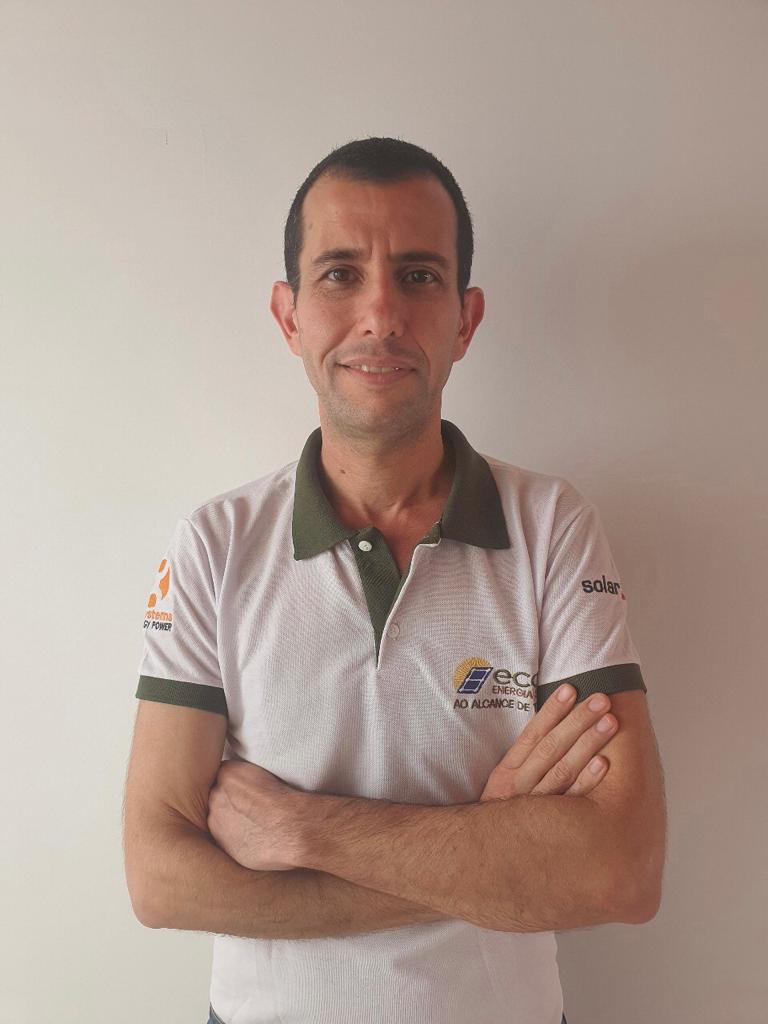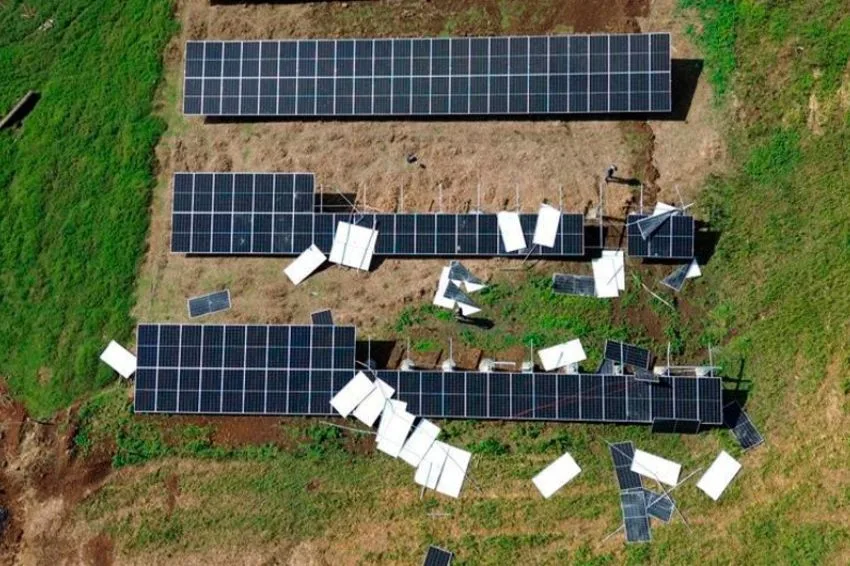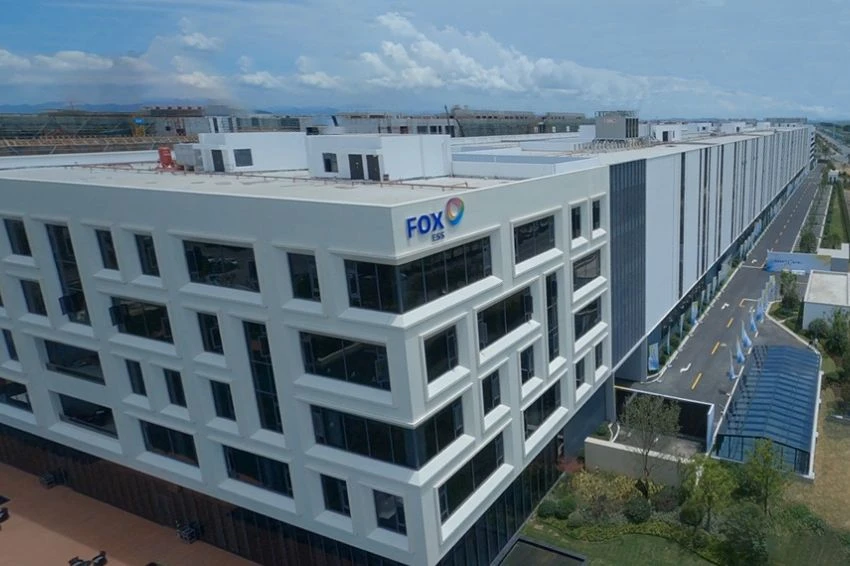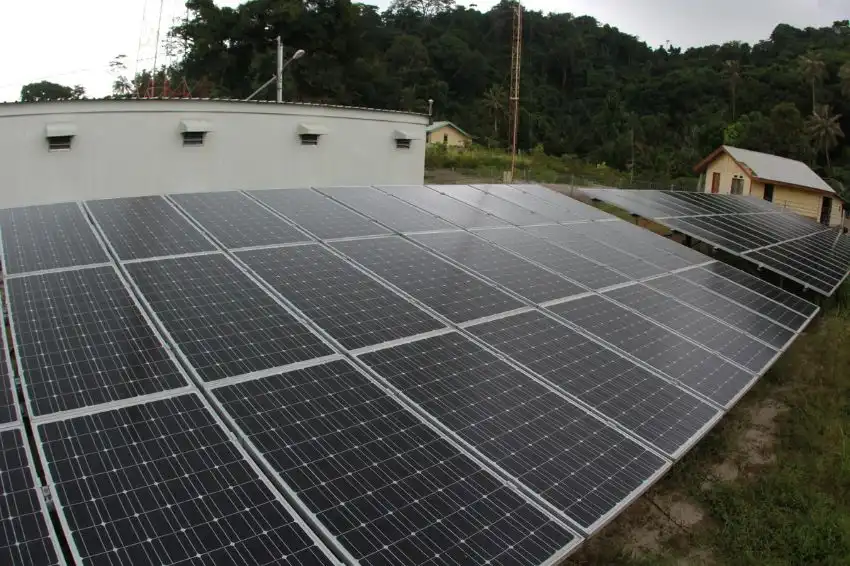With the advancement of the photovoltaic solar energy market, there is a lot of talk about microinverters, but do we actually know their role within a system?
Going back a little in history to understand the origin of microinverters, we find a project by Werner Kleinkauf at the Institute of Wind Energy and Energy Technology at the Fraunhofer Institute, in Germany, back in the 1980s.
Kleinkauf based his study on modern high-frequency switching power supply technology and was very influential, especially in Europe. The truth is that the concept of microinverters has been present in the photovoltaic industry since the beginning.
In 1991, the American Ascension Technology began developing an AC module inverter. After two years, another company, Mastervolt, launched the Sunmaster on the market, the first microinverter for connection to the electrical grid.
Since then, technology has only evolved and today the photovoltaic market has several brands of microinverters. But can we say that microinverters are all the same?
Given my experience in the photovoltaic solar energy market in Brazil and around the world, I can say no. And I explain why.
It is great to see that over the years the microinverter market has grown a lot in Brazil, both in the perception of consumers and manufacturers. This proves that five years ago, when we decided to work with this value-added technology, we were making the right choice. Today, this option encourages the market to see that this equipment differentiates itself.
Here I bring an example to illustrate: when we look at the microinverters available on the market, it is noticeable that some stand out. This is the case with the QS1A model from APsystems, the most complete of four inputs.
And this conclusion does not just concern the equipment itself, but the entire solution and technology that is related to it. In other words, we are talking about the product, but also the distribution structure in Brazil, local technical support, expertise and representation of the brand in the market, among others.
Furthermore, when we think about microinverters, we automatically think about their differences, such as those listed below:
- Produces up to 25% more energy than systems using central/string inverter methodologies;
- More safety: the use of microinverters prevents failures known as “arc fault”, one of the main causes of fires in photovoltaic installations;
- Easy installation: using Plug & Play technology. The DC circuit is simpler and has a lower voltage, minimizing the risk of accidents and errors;
- Longer useful life: can be justified by the fact that microinverters operate at low power.
Given all this, we can conclude that although the market offers several models and brands, microinverters are not all the same.
Because Ecori is at the forefront of the photovoltaic solar energy sector and was born with MLPE DNA, from the beginning it sought suppliers, partners and the best solutions to offer its customers.
And, it would be no different when it comes to microinverters. We sought the best technology, we maintain a close relationship with the manufacturer, who places great trust in Ecori as we are at the forefront of a market as important as the Brazilian one.
With this, we continue to offer the best solutions, with the work and trust of those who have more than 25 thousand pieces of equipment installed and 17 thousand systems being monitored.















